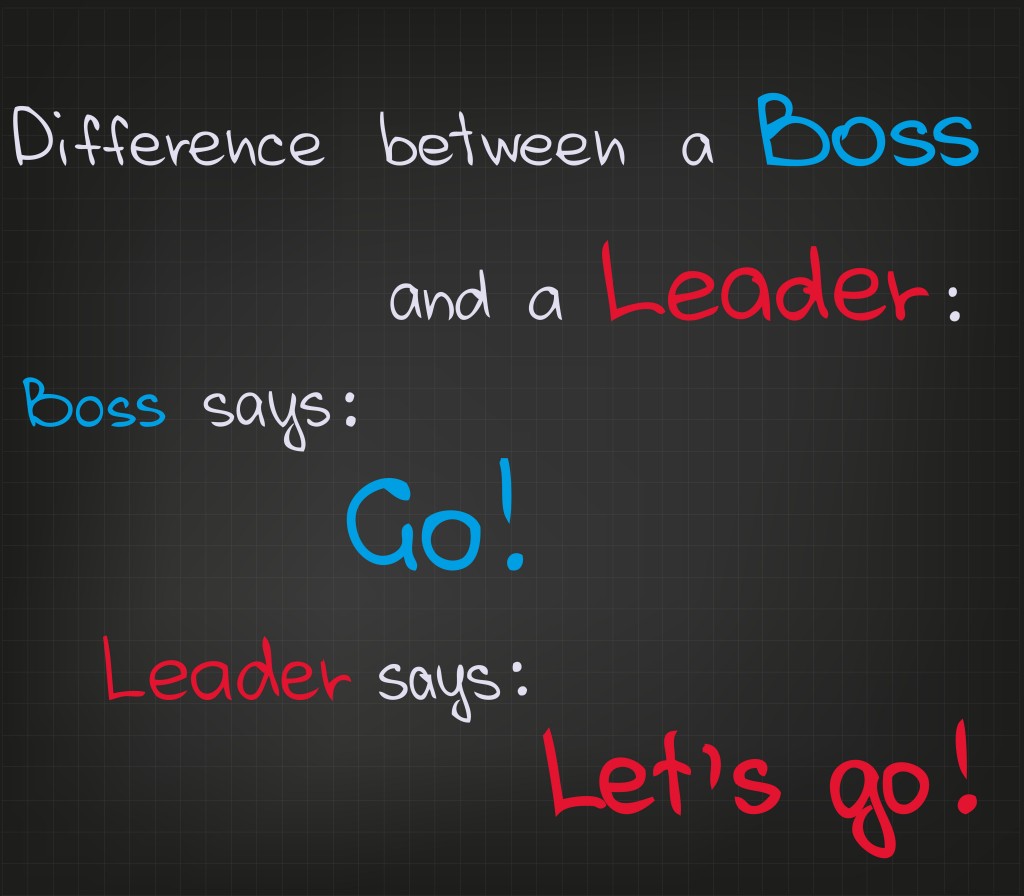
There are roughly 80 working days left in 2015.
80 days isn’t enough time to create a blockbuster movie, master a new skill, or travel around the world by boat. 80 days isn’t enough time to make much happen in many cases. Lucky for you, 80 days is plenty of time to make a big impact on your bottom line.
Here’s 8 proven approaches you can use to build up your profits and finish the year strong. (Note: if you’re not on a calendar fiscal, don’t worry. These can be used any time during your business cycle to boost your profits. So go ahead, make more money!)
1) Act Now.
Don’t wait to make the changes you know you need to make. They won’t get easier and the timing won’t get better. No one likes change, so the best way to make it happen is to follow the Nike Principle – JUST DO IT.
Spend 80% of your time working on the 20% of the things that matter. Challenge your thinking by exploring the answers to questions using “what if…” and “if only…” as thought-starters. NBC news created a whole new money making machine when they did this. They asked, “what if the news was a profit center instead of a cost center?” Meaning what if they could make money on the news instead of losing money with each broadcast. The answer to this was Dateline NBC, and it not only became a big money-maker for NBC, it created a whole new industry (investigative journalism).
2) Make It Real.
Thinking versus doing. It’s easy to think, much harder to act, which is why a lot of people do a lot of thinking and not a lot of doing. Science is clear – make it real and you’ll make it real. An author who wanted to have a #1 New York Times best-seller created a NY Times best-seller list showing his name in the #1 spot. This was all his brain needed to start working toward that reality, and, within a year, he had not one, but two #1 best-sellers.
Map out your future. Define what you want. What’s ideal? Who needs to be working where? What’s the best way to organize to get the work done? Organize people based on unique ability versus function, tenure, or power level. Fix job titles so they actually match the work and responsibility of the people delivering, making communication easier.
Define true North. If you don’t know where you’re going, your team doesn’t either. Gaining alignment is one of the most effective ways to streamline your work, accelerate your success, and make more money.
3) Get Direct.
Dan Pink speaks a lot about how asking direct questions is often the most effective way to learn what someone wants…and yet, no one ever does it. Now’s the time. Do it.
Instead of guessing what customers or employees want, ASK THEM. Don’t like the answers you’re getting, make changes. Think “how can I give them what they want?” not, “they don’t deserve all that!”
4) Cut. Cut. Cut.
An instant way to generate a double-digit profit gain is to eliminate your worst performing products or services. A retailer eliminated the bottom 10% of their line-up, their profits increased 13%. An internet service provider eliminated more than half of their offerings (54%) and realized a nearly 20% increase in profits.
Why? Focus. Eliminating the poor performers allowed the workers to spend more time focusing on the money makers. Getting rid of the poor performers, got rid of the unprofitable work and allowed better money-making resourcing.
5) Eliminate Roadblocks.
Many projects and initiatives get off to a strong start because everyone working them is excited to dive in to something new. Keeping momentum high and getting projects across the finish line…that’s the hard part.
Knocking out roadblocks, barriers and obstacles is one way leaders can help their teams get more done. The best method around for making things happen is outlined in Vern Harnish’s book, Mastering the Rockefeller Habits. What’s Rockefeller’s secret for getting things done? Daily Team Huddles. These are standing meetings that cover a lot of ground in a little time.
Rockefeller would walk to and from work each morning with his brothers, his company co-leaders. They would discuss what had to get done during their day, and figure out how to help each other make things happen to keep the business growing. They would review their progress and what worked on their way home. They did this every day for 20+ years. The result? An empire. Other great leaders have used this method, too. Condoleezza Rice held TWO daily huddles on the 6’s (6a and 6p) during her time as Secretary of State.
Get your teams in a rhythm, work together to eliminate barriers, and then enjoy the productivity and profit boost that comes from getting more done!
[You can watch the 800-GOT-JUNK team set the gold standard for how to run a daily huddle here, and you can learn a bit more about daily huddles at the end of this post.]
6) ELIMINATE, Then Prioritize
“It isn’t about getting more done in less time. It’s not about getting less done. It’s about getting only the right things done. This is the way of the Essentialist.” Greg McKeown’s new book, Essentialism: The Disciplined Pursuit of Less, is here and it is a powerful reminder that we can avoid stress and burnout, and increase our satisfaction by focusing on the pursuit “of the right thing, in the right way, at the right time.”
Start by defining the difference between the “many trivial” and the “vital few.” Think… Is this exactly what I want? Am I ideal for this opportunity? As McKeown says, “If it isn’t a clear yes, then it’s a clear no.”
Get stingy with your yeses. Begin with no, and then work to make sure every yes deserves to be a yes. Pursue less to accomplish more – now that’s something we can all say yes to!
7) Sharpen Your Systems.
W. Edwards Deming is clear here… Leadership has two jobs to perform: 1) to set the mission/vision/purpose for the company, and 2) to build systems so everyone can do their best work.
Doing these two things with excellence will generate outstanding results. Building systems that allow everyone to do their best work will give your profits a power-punch. Creating the systems is hard. Making them great is a journey not an event.
We recently worked with a client to optimize their line for a fourth time – not because we got it wrong the first three times – rather, we were able to realize big gains multiple times. (The most recent optimization resulted in a 21% efficiency increase.) Our client was able to make this happen, saving his company millions, because he realized operational excellence is a marathon, not a sprint. And, he was willing to be wrong. He wasn’t sure any further gains could be achieved, especially after three previously successful rounds of work. He pushed forward anyway and celebrated a big win as a result.
We’re constantly working with clients to get their systems to work together. A huge challenge. Data systems that don’t talk to each other. ERP systems that hold a lot of data yet deliver no wisdom. The whole point of a system is to enable your best work. If it’s not doing that, it’s time for a change.
8) Set and Stick To Deadlines
A group of willing participants were offered some money to complete a survey. Each set of participants were given different completion times. 25% of those given no deadline completed the survey. 42% completed the survey when given a three week deadline. 60% completed the survey when given a 5 day deadline.
The learning: The more flexible the timing, the less likely the action. Set reasonable and tight deadlines, and then follow up on them. Hold people accountable. If they have to go past the due date, make sure there’s a solid reason for it. In fact, get the reason approved BEFORE the deadline passes. Use dashboards and other communication tools to keep everyone on the same page. You’ll be surprised what you can get done when you get people to make a firm timing commitment.
There you have it. 8 proven ways to boost your profits between now and the end of 2015.
Have additional approaches that work for you? Please share them in the comments. We’re continual improvers, just like you.
Interested in any of the research cited here? Contact us for the study details.
Have a problem you can’t seem to solve? We love those kinds of challenges. Let’s connect to see if we can solve it together.
The Basics of a Daily Huddle:
- Huddles are always done standing to keep energy and engagement high…and the huddles short and focused.
- Start with a quick sharing of good news – this inspires and encourages – keeping momentum and energy high.
- Then run your project check-in, allowing each team member to report in quickly on the progress they’ve made since the last huddle.
- Next it’s on to “done” items… “Anything we can check off?” And finally…
- Dive in to roadblocks and challenges. This is the time when all team members can share anything that’s keeping them from getting their work done, and then the entire team works together to create solutions for eliminating the barrier/roadblock.









